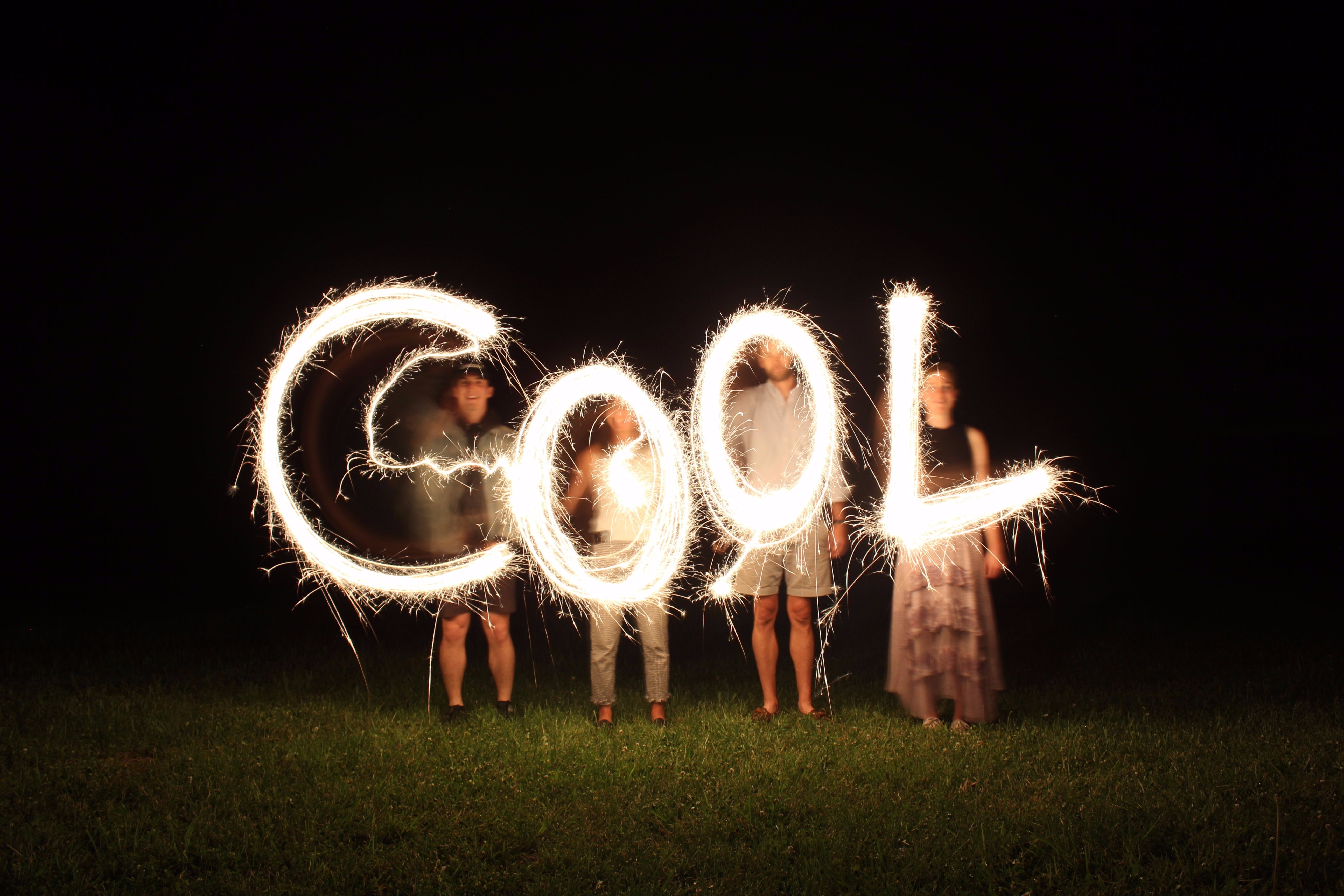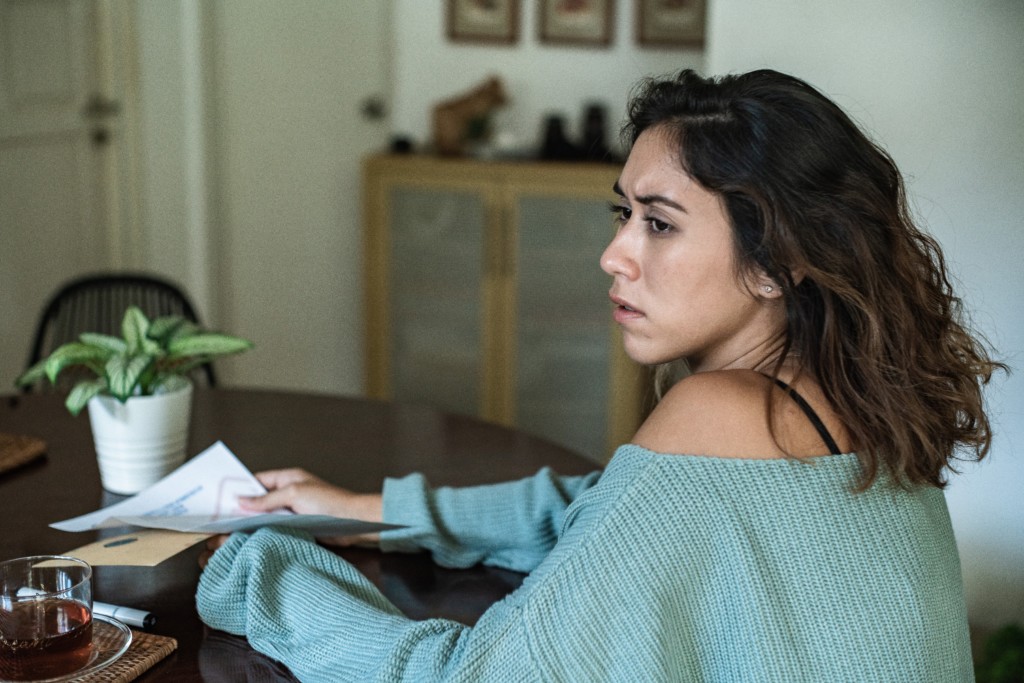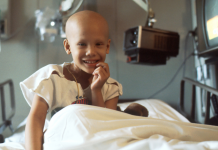Last year right around this time, I started noticing small, irregular-shaped spots on our son’s feet, around his ankles. August rolled on and my husband and I began noticing white spots forming on the back of his neck, then on his torso, and in other places on his body. As I tried not to freak out, but ever the worry wart, I began to Google. (Note: Never, EVER Google.)
As Google always does, it convinced me our son either had two things: cancer or an autoimmune disease called vitiligo. Let’s just say I didn’t sleep very well for a few nights.
I made an appointment with our pediatrician, who confirmed my suspicions that the spots could potentially be vitiligo, but referred us to a highly-recommended pediatric dermatologist to be sure. At our appointment, the pediatric dermatologist confirmed that our son did, in fact, have generalized vitiligo.
The Mayo Clinic describes vitiligo as “a disease that causes the loss of skin color in blotches . . . . vitiligo occurs when the cells that produce melanin die or stop functioning.”
In layman’s terms, it’s a patchy loss of skin color. Generalized vitiligo, what our son has, is when the patches appear on many parts of your body. It’s not contagious or life-threatening, but it does beg for treatment and is something our son has become self-conscious of.
>> RELATED READ :: I Love My White Skin <<
The pediatric dermatologist set us on a treatment plan to hopefully restore color to our son’s white spots that included a steroid cream for thick skin, such as his feet, ankles, and hands, and a non-steroid cream for thin skin, like his torso, neck, and face. If we so desired — or if the white spots weren’t being affected by the creams — the pediatric dermatologist also suggested we try ultraviolet light therapy. (We haven’t tried this yet, but plan to if our son becomes increasingly self-conscious.)
Finally, the pediatric dermatologist did ask that we have our son’s blood drawn (a full complete blood count and antinuclear antibody test), as about 15 to 25 percent of people with vitiligo are also affected by other autoimmune disorders, such as autoimmune thyroid disease, lupus, or even Addison’s disease. I couldn’t bear to see my then four year old have blood drawn from his arm, so I had my husband (ever the brave one of us) take him. Our son rocked it. And thankfully, the blood results came back perfectly clear of any additional autoimmune disease.
Where We Go from Here
Our son’s vitiligo is like the game “whack-a-mole.” Once we think we have one spot or area under control, another one pops up. It’s equally fascinating and heart-wrenching to me, but he’s learned to apply his creams twice a day, every day (morning and evening) like a professional. I’m so proud of his ability to do that and adapt to it.
>> RELATED READ :: The Sunscreens of Summer :: Find the Best Sunscreen for You and Your Family <<
We will monitor his spots and he will continue to see a pediatric dermatologist to asses his vitiligo and move forward with the treatment plan that works best. Many studies are currently underway about new treatments (hopefully even oral medications to treat it!), and we are excited to see what comes from that research.
Why White Spots Are Cool
It’s the emotional aspect that’s hard. He asks us out of the blue sometimes: Why don’t you and Daddy have spots? We’ve had to tell him how “cool” his spots were and give him our tried-and-true line: White spots are cool! They make you YOU.
In fact, I overheard a conversation between our son and his best friend soon after the diagnosis occurred. (Conversations between four-year-old boys are always entertaining, but this one was especially so.) His best friend pointed to his neck and asked, “What are those white spots all over you?” Our son replied with a confident, “They’re my spots. White spots are cool!” And his friend replied, “Yeah! They’re cool! I wish I had white spots like you!” It took everything in me to not burst into a puddle of tears right then and there. I definitely let the mother of our son’s best friend know about this conversation and her son’s positivity.

We know white spots won’t always be “cool” to our son or to others. We know there will be a day that he’s picked on, bullied, or questioned intently about them and his feelings will inevitably be hurt by others (whether intentionally or not). I’m not ready for that day to come.
We remind our son of the famous model Winnie Harlow who has been rocking her “white spots” and walking on runways across the world, and pointing out various other actors with vitiligo anytime they’re on our TV screen. (Did you know that comedian Steve Martin and actor Jon Hamm have it, too?) We point out quietly when we see others with vitiligo to let him know he’s not alone. We want him to see that he can go anywhere and do anything and shouldn’t be limited by his spots, because they’re cool.













